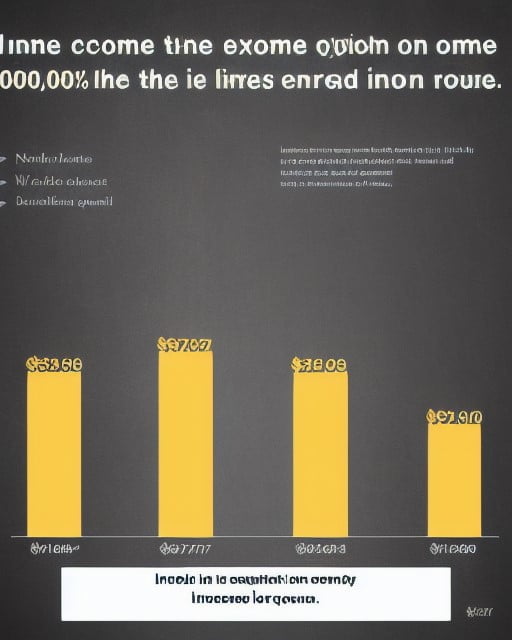AI’s Promised Fixes for Income Inequality
Artificial Intelligence (AI) has been touted as a revolutionary solution to various problems, including income inequality. The promises of AI are many, from more efficient job allocation to increased productivity and more. However, the question remains: is AI capable of reducing income inequality, or is it just another hyped-up solution that will fall short of expectations? Let’s take a critical look.
AI’s Promised Fixes for Income Inequality: A Critical Look
AI is believed to be the key to unlocking a future of greater equality, where everyone has access to the same opportunities and resources. The idea is that AI could help eliminate the biases that exist in our systems, such as discrimination in hiring, lending, and healthcare. AI could also help us better understand the factors that contribute to income inequality, such as education, location, and demographics. However, these solutions are not as simple as they seem.
AI systems are only as unbiased as the data they are trained on. If the data is biased, the system will be too. For example, if a hiring algorithm is trained on data that is biased against women or minorities, it will perpetuate that bias. Additionally, AI is not immune to human interference. People can manipulate the data to achieve their desired outcome, and AI can be used to perpetuate inequality if not carefully monitored.
Separating Hype from Reality: Can AI Truly Reduce Income-Inequality?
AI has the potential to reduce income inequality, but it is not a magic bullet. The technology must be used in conjunction with other solutions, such as policies that address systemic inequalities. For example, AI can help identify areas where job training programs would be most effective or help predict which students are at risk of dropping out of school. But policies must be put in place to ensure that these programs are accessible to all.
Furthermore, AI cannot address income inequality in isolation. It is just one piece of a much larger puzzle. Addressing income inequality requires a multifaceted approach that involves education, healthcare, housing, and more. AI can certainly play a role in this approach, but it is not the sole solution.
AI’s promises of fixing income inequality are not entirely fiction, but they are far from being a fact as well. While AI has the potential to help address some of the factors that contribute to income-inequality, it is just one piece of the puzzle. AI must be used in conjunction with policies that address systemic inequalities, and it must be carefully monitored to prevent perpetuating biases. In the end, achieving greater equality requires a multifaceted approach that involves many different solutions, of which AI is only one.


